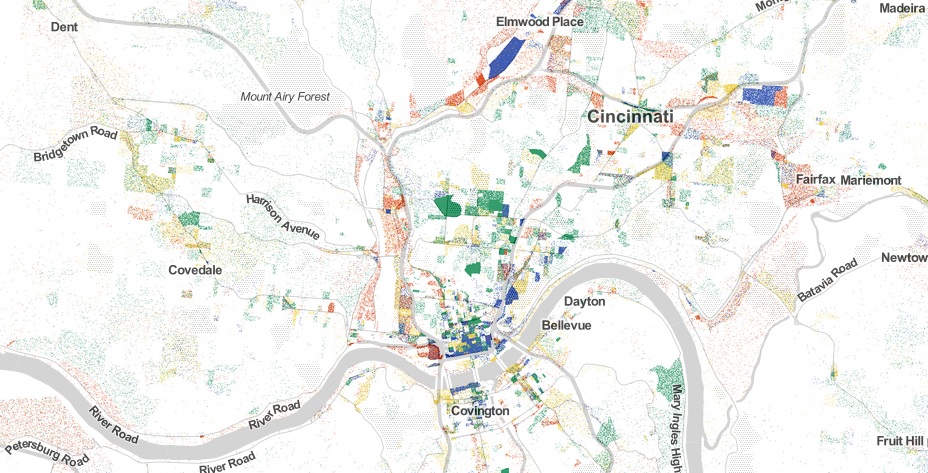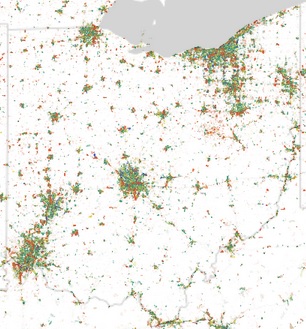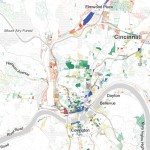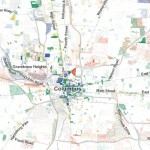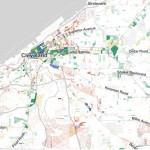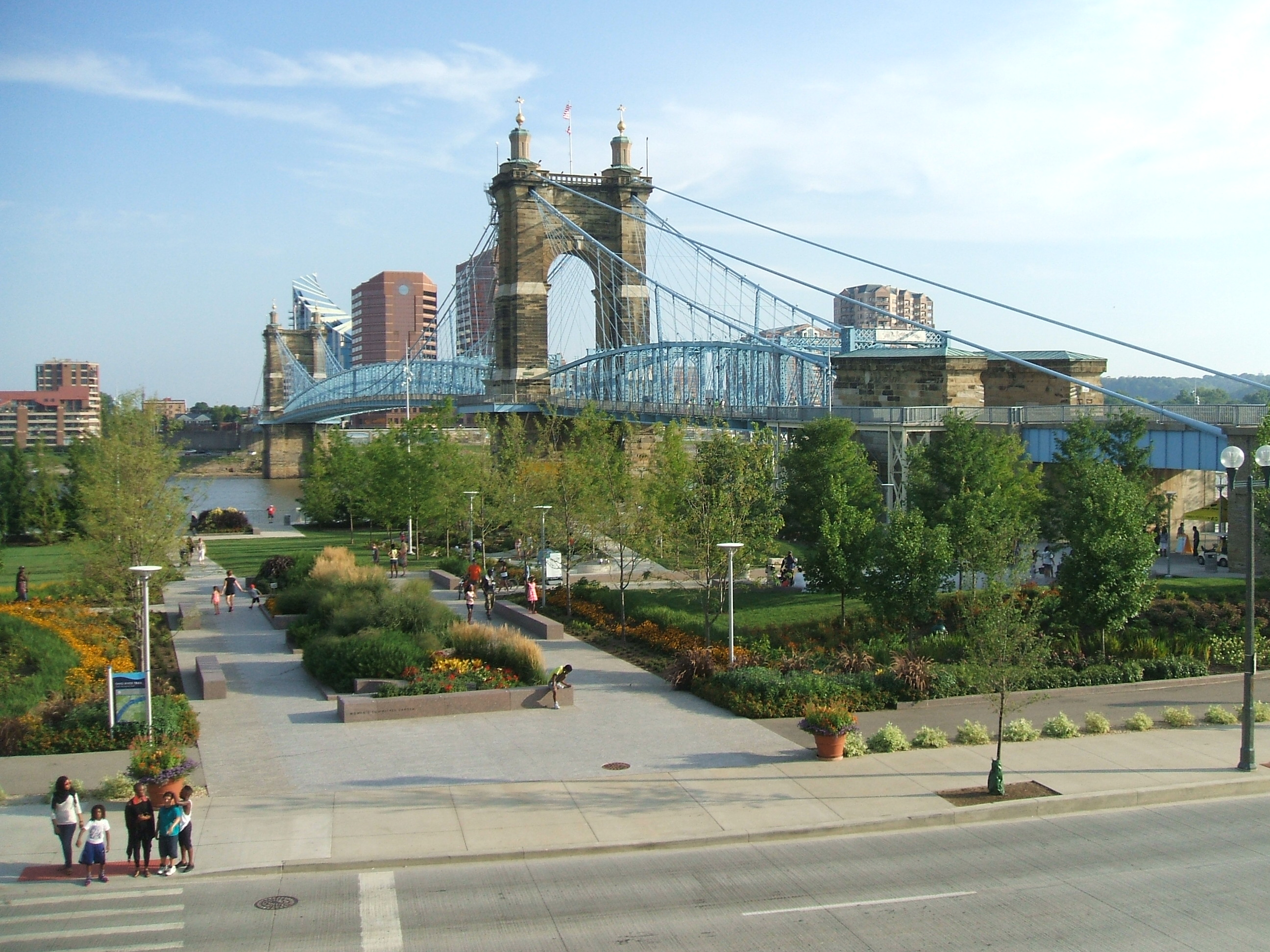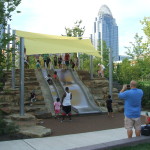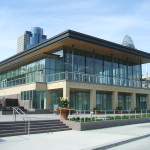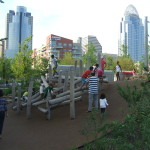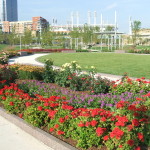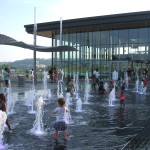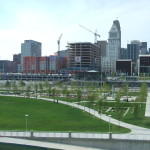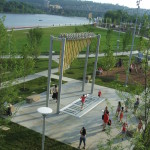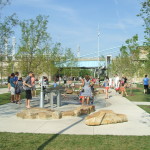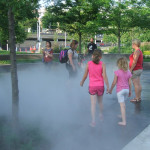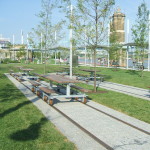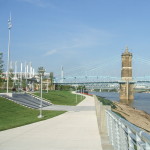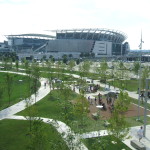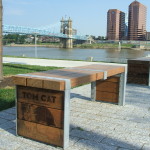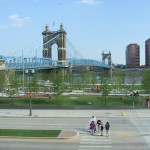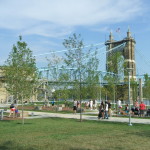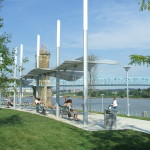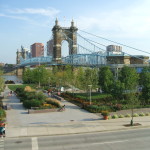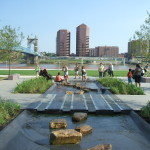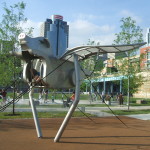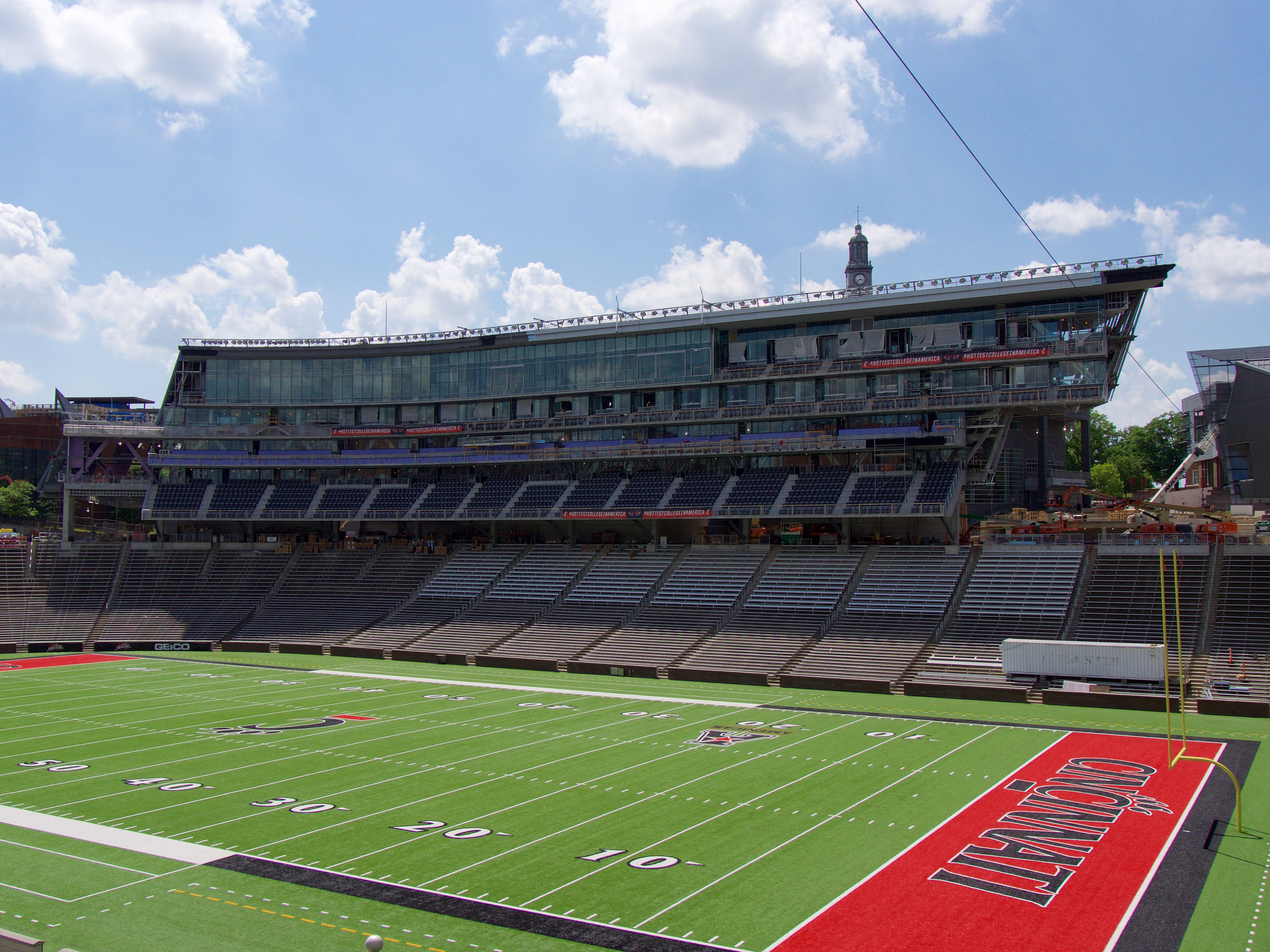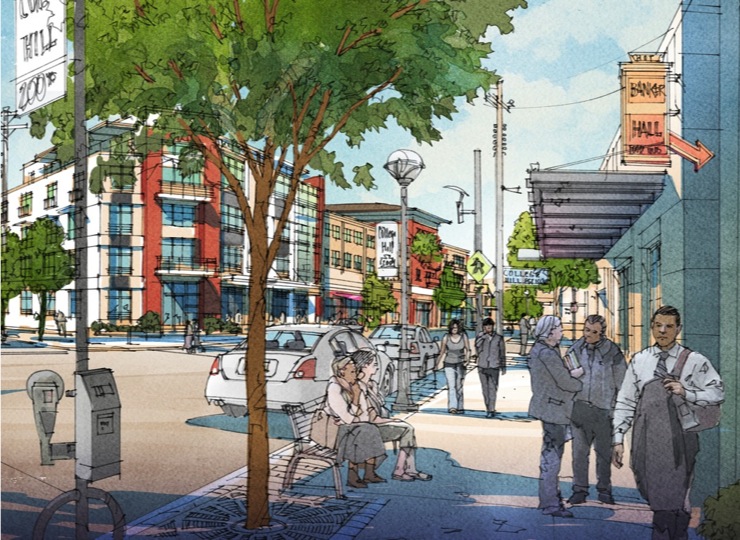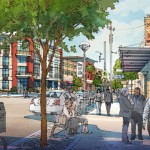After a soft opening in July, Dirt: A Modern Market finally opened its doors on August 4.
“We are a full-time retail store at Findlay Market selling locally produced goods,” said Karen Kahle, who served as project manager until April. She also wrote the grants that ultimately funded the effort from the Interact for Health Foundation.
Based on the Local Roots store concept in Wooster, OH, Kahle says that she, along with Rebecca Heine and Mike Hass, were inspired to move forward with the idea after visiting the shop during a trip to Cleveland for the International Public Market Conference in September 2012.
“We loved the idea of the ‘consignment shop’ for local food,” Kahle explained.
The market is hoping to make locally grown and produced foods available to Findlay Market shoppers every day the market is open. The trio says that they want to create another way for local growers and producers to sell their product and increase revenue in order to help them become more sustainable and profitable.
A broader goal in the long run, Kahle says, is to help educate the public on the health and environmental benefits of eating fresh local foods, while also promoting community involvement and sustainable living.
The market is currently selling fruits, vegetables, meats, cheeses, dairy products and cottage goods. Customers will notice that the shop functions a bit like a consignment store where growers and producers rent space by the week or the month, set up their own individual displays, and set their own prices. They are then reimbursed 70 to 80% of their gross sales.
Located in between Maverick Chocolate and Eli’s BBQ, the opening of Dirt is yet another shot in the arm for the once struggling south side of the Findlay Market.
Dirt’s operating hours also show a commitment to the efforts to increase evening business activity in the area. They are currently open from 10am to 7pm Tuesday through Friday, 8am to 6pm on Saturdays, and 10am to 4pm on Sundays. The shop is not open on Mondays.
“Dirt: A Modern Market will market food products that celebrate what is unique and best about a community – its local crops, ethnic traditions, and creative populace – while keeping a greater percentage of food dollars circulating in the local economy,” said Kahle.



